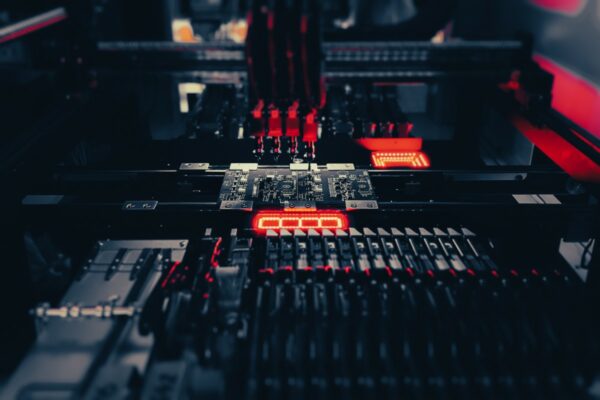What is Cavity Process
Cavity process is a technique used to create holes or cutouts in a PCB that extend from the outer copper layer to an inner copper layer, without fully penetrating the entire board. This process is employed to reduce the height of components or increase clearances, allowing for more compact designs and facilitating the assembly of high-density components such as 0.4mm pitch BGA packages.
Cavity process addresses mechanical design constraints, real estate limitations, and heat dissipation needs in PCBs. By incorporating cavities in the PCB design, the overall thickness of the board can be reduced when components are inserted. This is particularly beneficial for applications requiring waveguides to minimize signal loss and enhance the speed of transmission for high-frequency signals. Additionally, the Cavity Process can also be used to limit signal transmission in specific areas.
The cavity process involves several steps, including lamination with nonflow prepreg or adhesive low Dk low Df materials, followed by depth control milling or laser depth control mill down. This technique has found applications in various industries, including automotive, high-speed computing, RF & MW applications, and power amplifiers.





